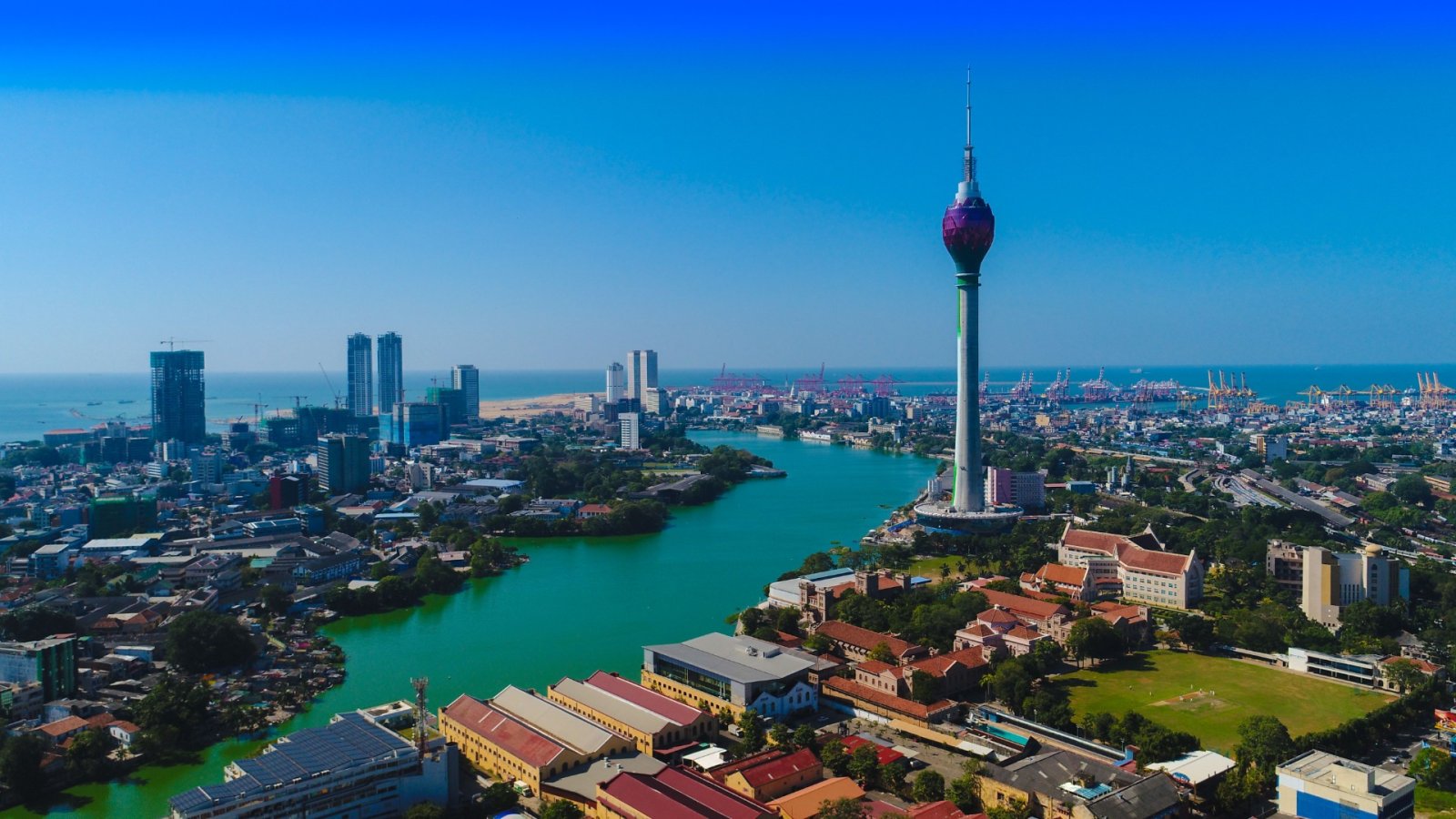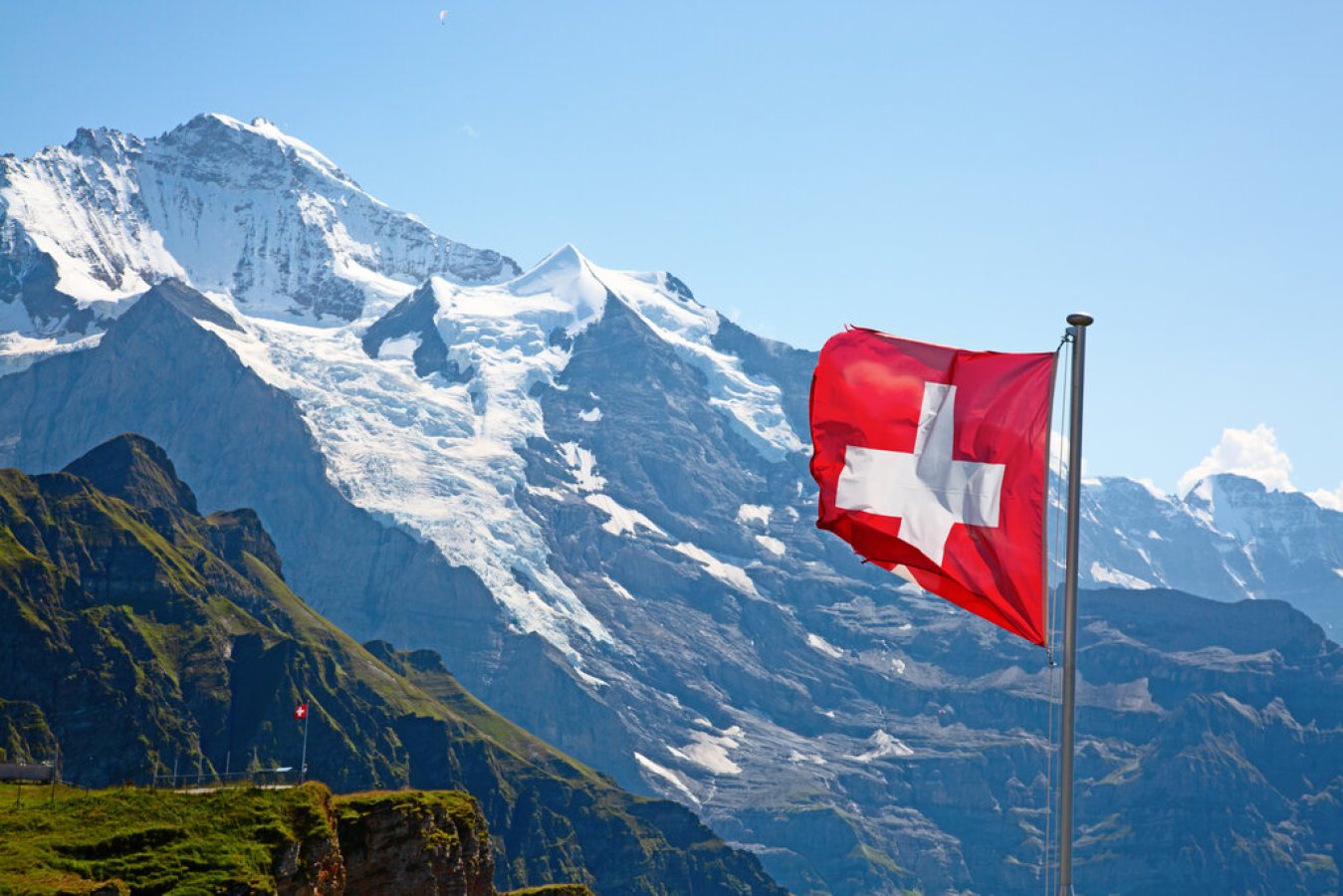In just less than 100 years, the glaciers of Switzerland have lost more than half their volume. Unfortunately, the prolonged superheated summer season of 2022 has even quickened the defrosting process, as shown in a new study recently by researchers.
It is known that these glaciers sustain Switzerland's ski hotels and draw hikers during summer. Not only that, but they are also vital for Europe's water supply. Today, residents across the Alps are fretting about their tomorrow. At 3,000 meters above sea level, you would expect to see the ice. However, the concerning truth is that instead of ice, there are regions of bare rock. One of these places is the village of Les Diablerets, where cable car company Glacier 3000 operates. Two of the glaciers broke apart and revealed earth that was not noticed for thousands of years. Nowadays, tourists can see through the mountains as never before, from the Matterhorn to Mont Blanc. The ice here is shattered and there is mud, puddles, and areas of large rocks, so if this change seems dramatic, that's because it is. Bernhard Tschannen, who runs the company Glacier 3000, states in a BBC interview that "When we constructed this chairlift we had to dig seven meters into the ice. This was 23 years back." But the ice is no longer there now.
Scientists have been observing the melting of Alpine glaciers for years. A collaborative study by Zurich's Federal Institute of Technology and the Swiss Federal Office for Landscape compared some topographic prints of the glaciers from 1930 to 2010. What they found is real evidence that the glaciers of Europe are melting and shrinking, and there is a straightforward connection between this phenomenon and global warming. In particular, ice caps are extremely susceptible to shifts in temperature, so if the planet heats, glaciers are the first to feel it and in turn respond the only way they can, meaning: they melt.
One glaciologist from the University of Bern, Mauro Fischer, was shocked to find out the effects of global warming in his study. Being responsible for monitoring the Tsanfleuron and Scex Rouge glaciers, he installs ice measuring rods each year in spring, which will be monitored and checked regularly every summer. So, this July, the ice rod was completely melted which was pretty shocking. He admitted that this issue is pressing and that the speed of melting is three times higher than the average in the last years. This is a major key issue for the environment and not only that but problems for tourism in the area, as only recently many hiking and climbing trails were closed down, because of the melting glaciers that leave the place to rocks that are unstable and can cause damage to people's health and even life.
Some climbers and hikers are now spending less and less time doing their favorite sport in the mountain Zermatt, even though this might be a family tradition. However, they do plan and prepare much more gear and time to ensure they are adequately prepared for risky journeys. As the permafrost is melting, the crevasses make walking and climbing a lot more challenging.
These glaciers have preserved even the bodies of climbers that went missing for decades but now have been discovered. In the mountains, there have also been found - due to the melting ice - the remains of a plane crushed almost 50 years ago. But the effects of the ice loss are extremely more comprehensive than the damage to local tourism or the discovery of lost hikers. Glaciers are oftentimes said to be the "water towers" of Europe. Why? Because they capture the winter snow and then in summer release it slowly and provide plenty of water for the continent's rivers, crops, and so on.
Recently, cargo along the Rhine in Germany has been stopped because the water level was too low for heavily loaded shipments. The fish also feel the change as there are dying fish in the rivers of Switzerland because they have become too shallow and too warm. In France, nuclear power groups have had to lower power because the water to chill them is restricted. Experts say that the current projections are serious and that by the end of 2099, the ice will be melted and the only parts of ice remaining will be on the highest mountains above 3,500 meters. Which in turn will drastically reduce the quantity of water in the next 100 years.
The size of the issue with the melting glaciers raises questions and puts scientists and glaciologists at work now more than ever, in the face of a natural disaster. In the attempt to slow down the melting process, the owner of Glacier 3000 wraps the remaining ice in protective covers. He knows that he can't stop the process completely, but there are things to do that can slow down the warming.
In the past, ice was vastly available to the Swiss mountains communities that would sell it to big hotels for them to keep beverages cold. Today, there is no such thing, but only the worries that one day, the glaciers might disapear and affect the whole Europe and its water supplies.






